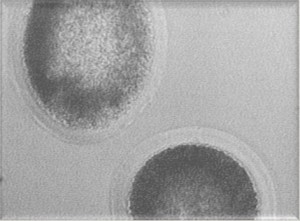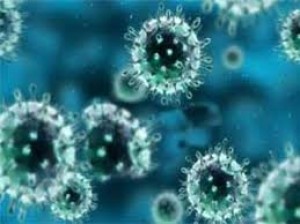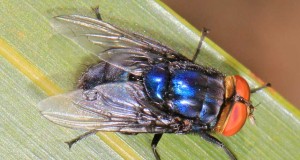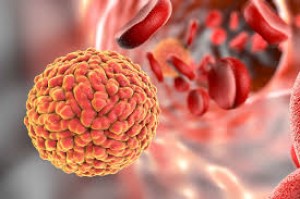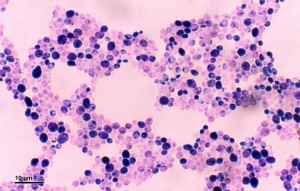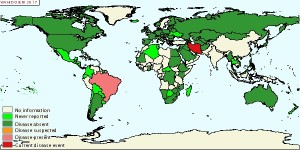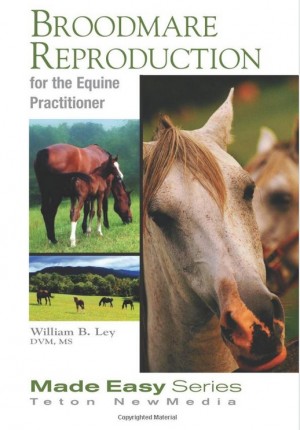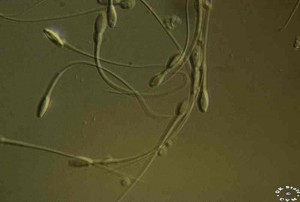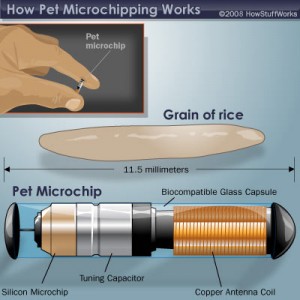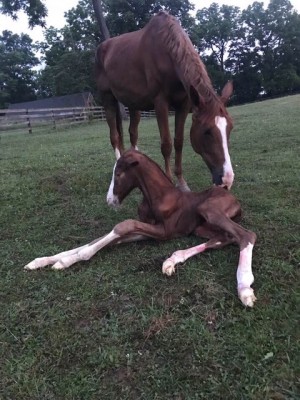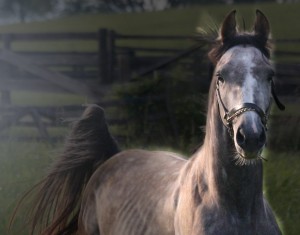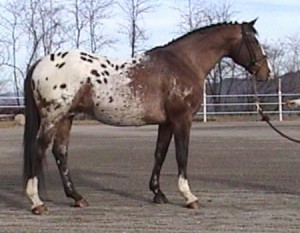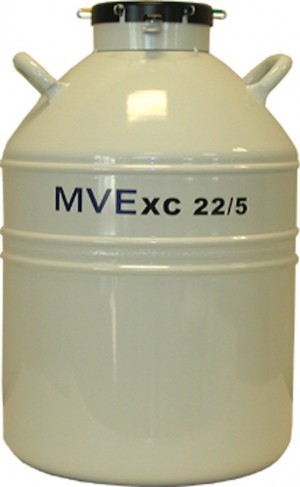Endometrial (Uterine) Cysts in the Mare
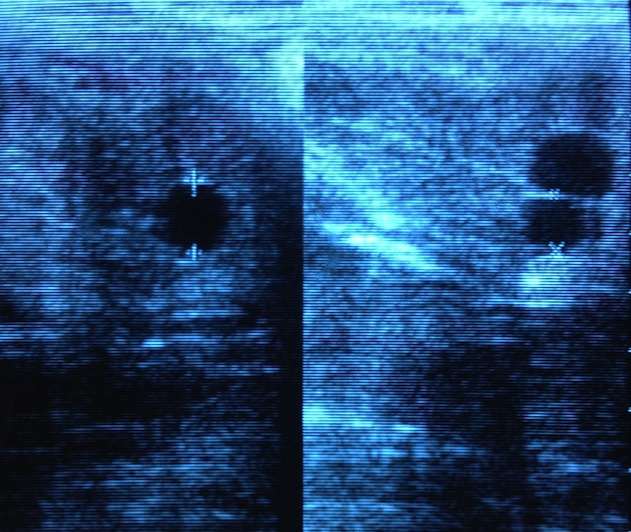
Cysts are fluid-filled structures that arise within the endometrium, which is the inner lining of the uterus. Cysts are classified as (endometrial) glandular or lymphatic; research has shown that most ultrasonically visible cysts are lymphatic in origin (Colahan et al, 1999) which develop from obstructed lymphatic vessels/channels and are seen more frequently in aged mares with fibrotic changes in the uterus. Endometrial glandular cysts originate from accumulation of fluid content within endometrial glands also associated with fibrotic changes within the uterus. The true association of either type of cyst as a cause of mare infertility is unclear (McKinnon and Voss, 1993). Large endometrial cysts (diameter > 25 mm) may restrict mobility of the early conceptus. The conceptus must be motile during the first 13-17 days of gestation to prevent luteolysis (loss of the mare's corpus luteum, CL) and ensure recognition of pregnancy. Later in pregnancy, contact between the cyst wall and the embryo's yolk sac may prevent absorption of nutrients.
There are several methods used to remove endometrial cysts. Chemical curettage with agents such as hypertonic saline, hydrogen peroxide, dimethyl sulfoxide (DMSO, Ley et al, 1989) and kerosene have all been used with varied degrees of success. Aspiration or rupture of cysts with endoscopic biopsy instruments or intrauterine surgery are also reported methods of treatment, however these methods are more invasive and technically difficult (Blikslager, 1993). Laser ablation is being used with success, however, this may not be practical for some practitioners due to expense of the equipment (Ley, et al, 2002). If the entire uterine cyst (or nests of multiple cysts) is not removed using any of the above treatments, the cyst(s) often return. A complete breeding soundness evaluation, including endometrial cytology, biopsy and cultures, are indicated to exclude other underlying problems. Fibrosis, adhesions, or other changes associated with degenerative endometrosis may be found that will compromise the mare's reproductive efficiency more so than just the presence of cysts.
August 2004
Citations
Colahan PT, Mayhew IG, Merrith AM, Moore JN. Equine Medicine and Surgery. St. Louis Mosby, 1999: pp.1172-1173.
McKinnon AO, Voss JL. Equine Reproduction. Philadelphia Lea and Febiger 1993; pp. 256-257.
Ley WB, Bowen JM, Sponenberg DP, Lessard PN. Dimethyl sulfoxide intrauterine therapy in the mare: effects upon endometrial histological features and biopsy classification. Theriogenology 32(2):263-276, 1989.
Blikslager AT, Tate LP, Weinstock D. Effects of Neodymium:Yttrium Aluminum Garnet Laser Irradiation on Endometrium and on Endometrial Cysts in Six Mares. Veterinary Surgery 22(5):351-356, 1993.
Ley WB, Higbee, RG, Holyoak, GR: Laser ablation of endometrial and lymphatic cysts. Clin Tech Equine Pract 1(1):28-31, 2002.
Dr. William B. Ley DVM, MS, DACT Articles
Related Links
Allowed: 64M/67108864KB.
Current: 5383KB. Peak: 5452KB.


